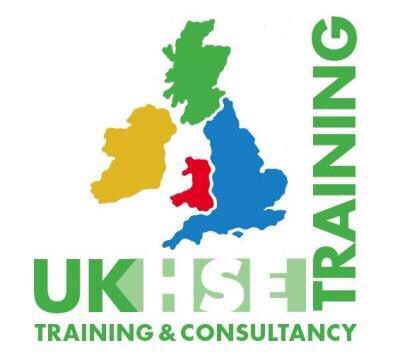Title Page
-
Conducted on
-
Prepared by
-
Position
-
Contract
-
Location
Competency and understanding:
-
1. Does the driver hold the appropriate current licence and had necessary instruction or training to operate the vehicle as tasked?
Plant/Equipment Design and Selection:
-
2. Is the vehicle fit for purpose (without defects/ roadworthy, appropriate for the working environment/ suitable for tasks performed/ functioning seat belts)?
-
3. Is the company vehicle fitted with required safety features as necessary (e.g. In Vehicle Monitoring System (IVMS), wheel nut indicators for commercial vehicles)?
-
4. Is the company vehicle properly identified, including 1800 (0800) SAFELY stickers?
-
5. Does the vehicle have appropriate load restraint systems and/or cargo barriers in place/available as necessary?
Plant and Equipment Testing and Maintenance:
-
6. Has the driver completed required pre-start safety checks and does the vehicle condition match the pre-start check? (Note: any safety critical items should result in non-use of vehicle)
-
7. Is the vehicle within designated service interval?
Emergency management:
-
8. Are risk assessment controls implemented effectively for off-road and/or remote work activities (e.g. emergency & repair equipment, GPS, off-road jacks, winches, first aid, firefighting, communication equipment, spare tyres)?
-
9. Has the driver completed Journey Management Plans for defined “high risk” journeys?
Human Factors and Behaviours:
-
10. Has the driver been provided regular feedback (positive/ corrective) from supervisor on safe driving behaviours (e.g. via IVMS data)?
Operations:
-
11. Are there systems in place to minimise “line of fire” interactions between vehicles and pedestrians (e.g. during reversing, reverse parking, segregation, traffic management plan)?
Communication:
-
12. Is the driver aware of company and client requirements around distracted driving (e.g. using mobile phones, hands free capability, etc.)?
Clothing and protection:
-
13. Do all riders and passengers of two wheeled vehicles and quad bikes have access, wear and appropriately store approved helmets, enclosed footwear, trousers, long sleeve jackets and protective eyewear?












